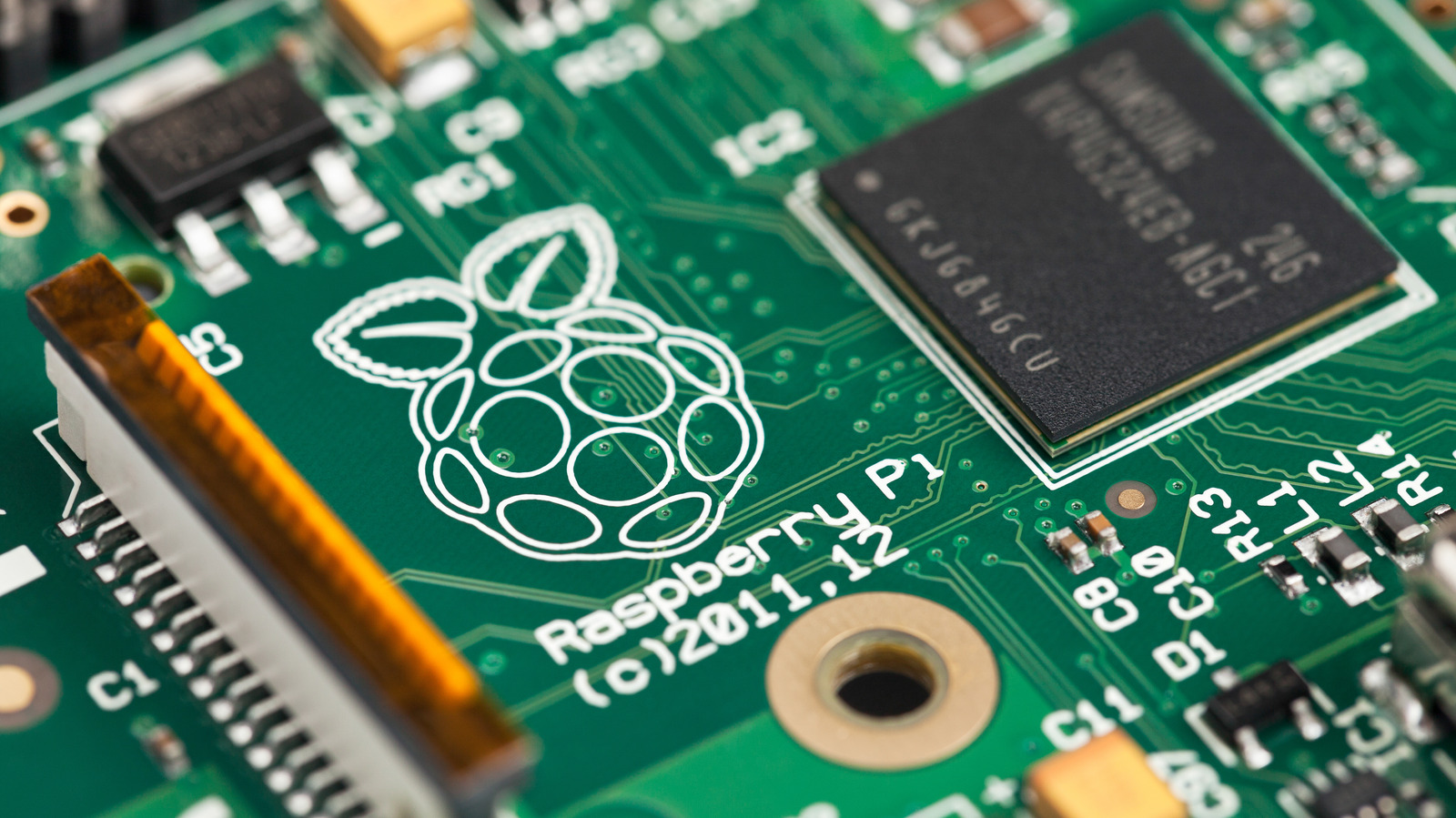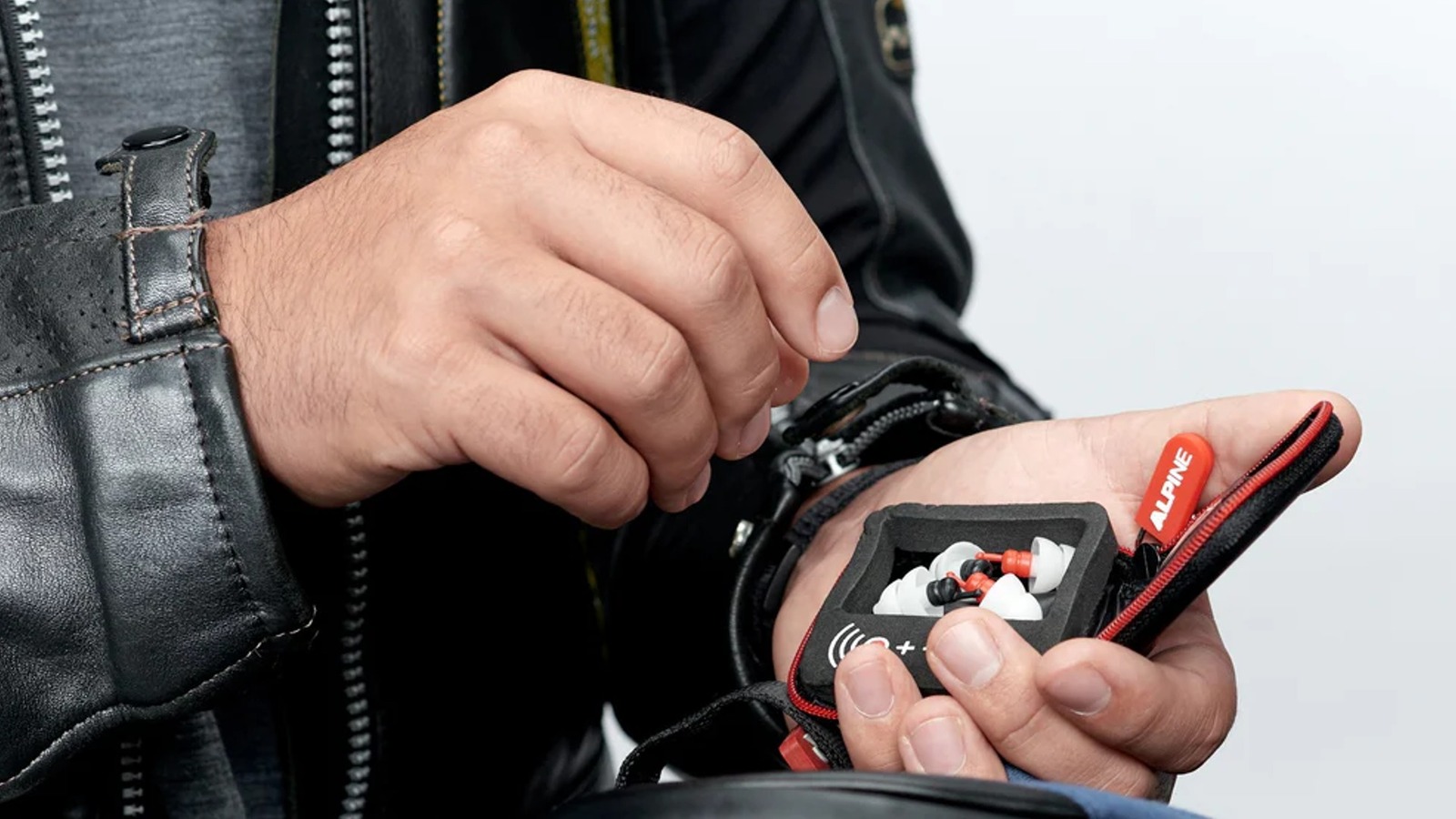Pete Lomas pared down the alpha Raspberry Pi board to the bare essentials, removing all non-essential functions to reach the desired price point. This included some I/O functionality, but Lomas believed users could make up for it with the GPIO connector and USB ports. By the end of 2011, they had a three-chip system, plus power circuitry and connectors, all on a credit card-sized PCB.
In December 2011, the team announced that they had received 100 beta Raspberry Pi PCBs from the factory. These were bare, unpopulated PCBs with none of the electrical components soldered onto them, and it took another few weeks before the world saw the first-ever fully assembled Raspberry Pis. Barring a minor power delivery issue with the schematic that the team quickly rectified, these beta Pis were essentially identical to what users were buying in just a few months. A beta tester known as Dom showed off their Pi booting up and playing a couple of movie trailers in 1080p on video (above), proving it worked.
While the Raspberry Pi Foundation never planned to sell any beta Raspberry Pi units, it auctioned 10 to raise money for its charitable efforts. The auctions started on December 31, 2011, and all 10 units sold for large amounts. The first beta Pi auction ended at $6,200 (accounting for inflation), and the cheapest went for around $1,650. Collectors and enthusiasts were willing to pay to own what they probably knew would become a part of computing history.







